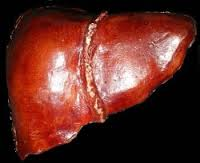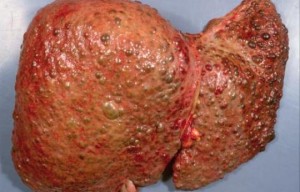“Almost 1 in 2 U.S. adults—or about 108 million people—have high blood pressure.1
More than 1 in 7 U.S. adults—or about 37 million people—may have chronic kidney disease (CKD).2
High blood pressure is the second leading cause of kidney failure in the United States after diabetes.2″
National Institute of Diabetes and Digestive and Kidney Disease

